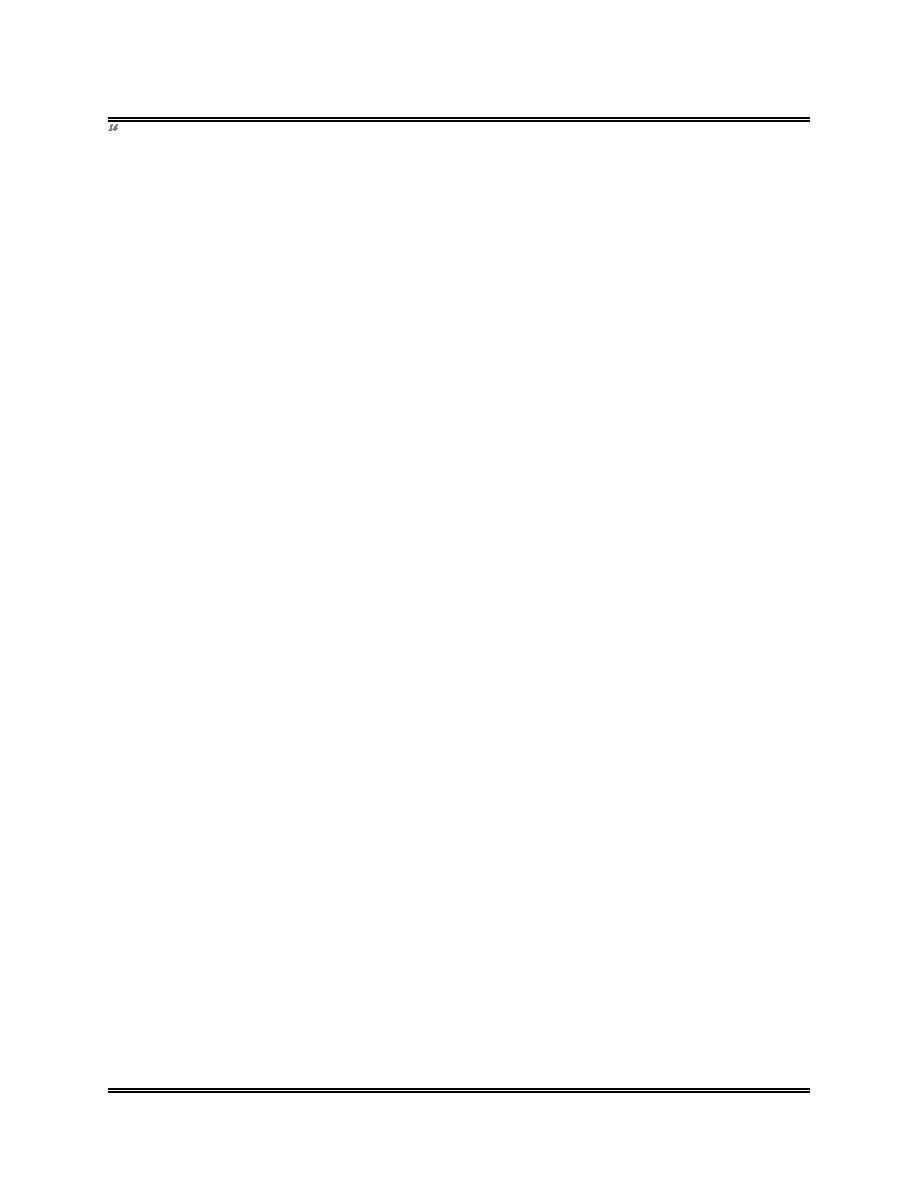
| Tweet |

Custom Search
|
|

|
||
 Concurrent Technologies Corporation
Remediation Survey
Air Sparging with Soil Vapor Extraction
Page 8
C.
Lessons Learned
1.
Lessons Learned about the Operation of the Equipment:
Max. sparging well air flow & GW wellborne circulation rates are dependent on well
diameter, depth to GW, & the hydraulic conductivity of the formation. Therefore, longer remediation
times or a greater number of sparging wells may be required in lower permeability formations.
2.
Why was the Technology Successful?
The cleanup goals were achieved for all contaminants of concern in both
GW &
soil (Soil - TPH - 30 mg/kg; Benzene - 0.2 mg/kg; Toluene - 100
mg/kg; Xylenes -
1,000 mg/kg; Naphthalene - 2.0 mg/kg) (GW - BTEX &
naphthalene to below
MCLs). Site resampled one year after system
shut down and dissolved
concentrations were below levels at shutdown
(i.e. no rebound in dissolved levels).
3.
Why was the Technology Unsuccessful?
VI.
CONTRACT TYPE AND COSTS
A.
Design of System
1.
Contract Type:
see (B)
2.
Cost:
see (B)
B.
Construction of System
1.
Contract Type:
Fixed price
2.
Cost:
$156,950 (including drill/install wells & sparging system, start-up,
project
management)
C.
Operation of System
1.
Contract Type:
Fixed price
2.
Cost:
$62,750 annually (including electricity, maintenance, monitoring)
|
 |
|
 |
||